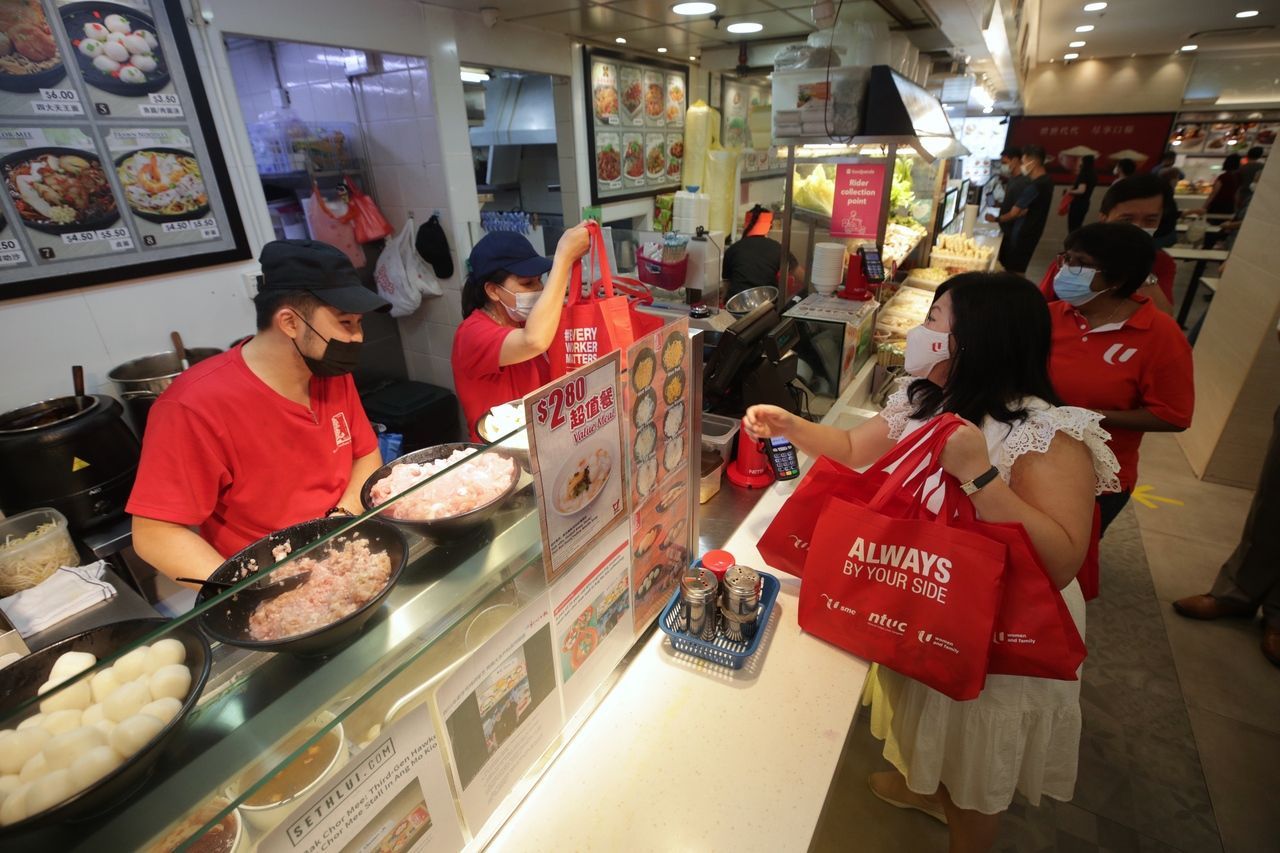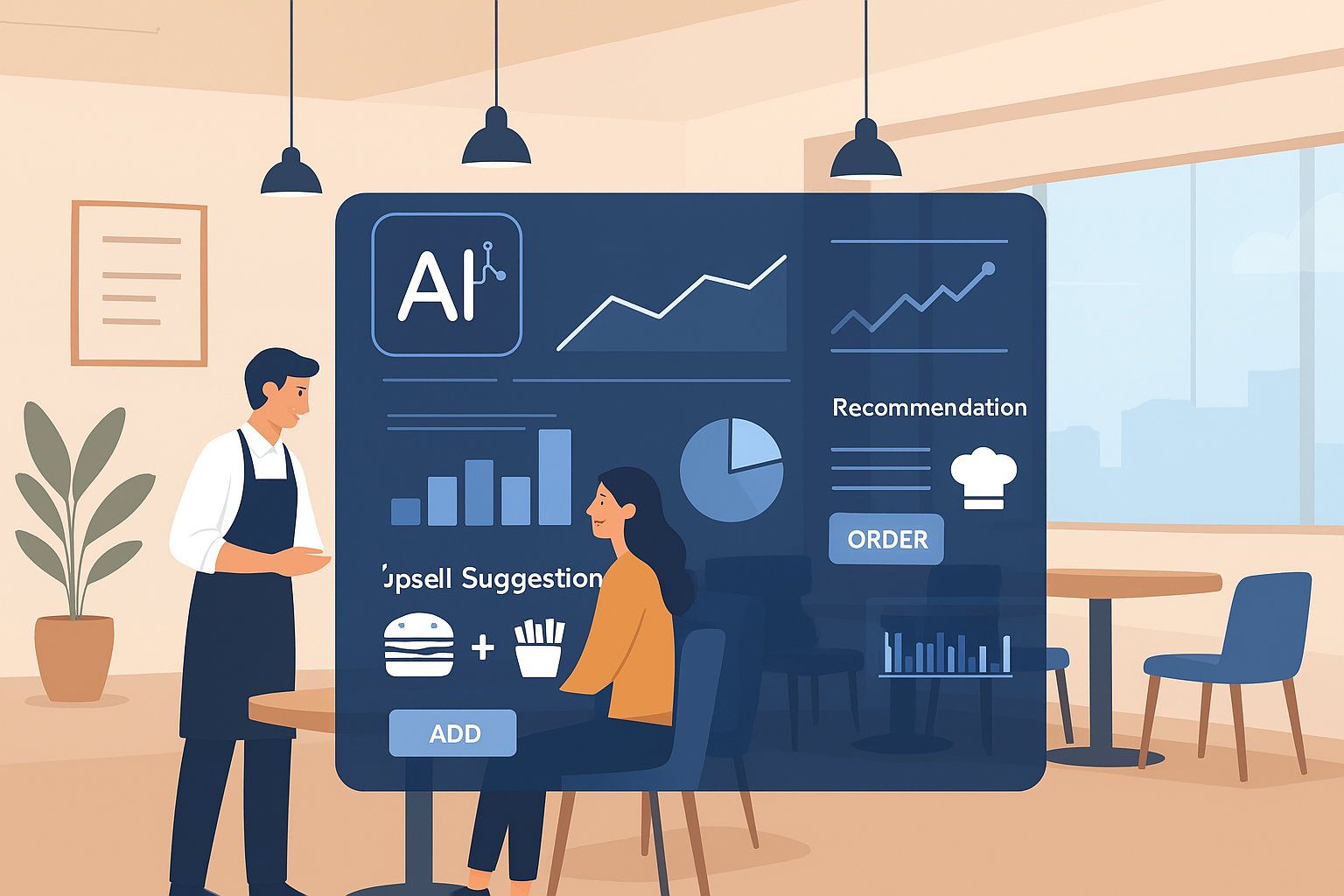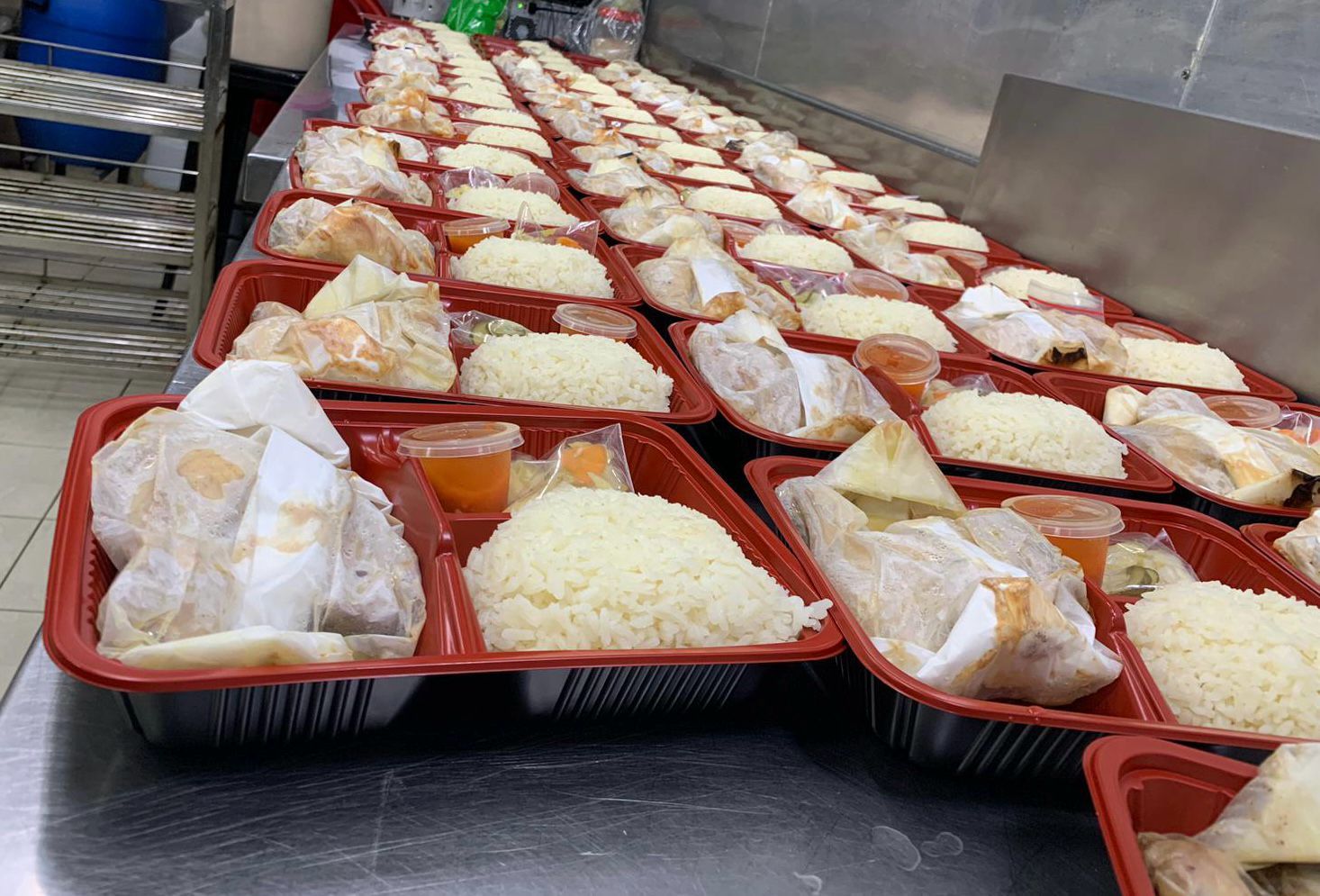How CRM Systems Improve Cafe Marketing and Customer Engagement
In today’s competitive F&B industry, especially in Singapore, cafes must go beyond offering great coffee and ambiance to attract and retain customers. One of the most effective ways to stand out is by using a CRM (Customer Relationship Management) system to enhance marketing efforts and customer engagement. By integrating a CRM with your cafe's POS system, you can personalize interactions, streamline operations, and create lasting connections with your customers.
1. Personalized Customer Experience
A CRM system allows cafes to collect and analyze customer data such as purchase history, preferences, and behavior. By leveraging this data, cafes can offer personalized experiences, including tailored menu recommendations, special discounts, and targeted promotions. Personalized engagement shows customers that the cafe values their preferences, which can increase loyalty and repeat visits.
2. Effective Loyalty Programs
Loyalty programs are a proven strategy to encourage repeat business, and when integrated with a CRM system, they become even more powerful. A CRM can track each customer's loyalty points, offer personalized rewards, and automate redemption processes. Customers are more likely to stay engaged with a loyalty solution that recognizes their individual needs and offers relevant rewards.
3. Targeted Marketing Campaigns
With a CRM system, cafes can run highly targeted marketing campaigns based on customer behavior and preferences. For example, a CRM can help identify regular customers and send them exclusive offers, birthday vouchers, or event invitations. This data-driven approach ensures that marketing efforts are focused on the right audience, improving the success rate of campaigns.
4. Increased Customer Retention
A CRM not only helps attract new customers but also plays a crucial role in retaining existing ones. By offering personalized communication, rewards, and promotions through a CRM system, cafes can foster a sense of loyalty and encourage repeat visits. Retaining customers is often more cost-effective than acquiring new ones, making CRM a valuable tool for long-term success.
5. Seamless Integration with POS Systems
When a CRM is integrated with the cafe's POS system, it allows for real-time tracking of customer transactions and behavior. This integration provides cafes with detailed insights into customer spending patterns, which can help them make informed decisions about menu items, promotions, and inventory management. A unified CRM and POS system enhances the overall efficiency of cafe operations.
6. Automated Customer Communication
Automation is one of the biggest benefits of a CRM system. Cafes can automate routine customer communications such as feedback requests, appointment reminders, or promotional emails. This ensures that customers receive timely and relevant messages without requiring manual effort from staff. Automating these processes saves time and ensures consistency in customer engagement.
7. Membership Solutions
Membership programs are another way to build customer loyalty. A CRM system can manage cafe membership solutions efficiently by tracking member activity, offering exclusive rewards, and sending notifications about upcoming offers. This encourages customers to sign up for memberships, further strengthening their connection to the cafe.
8. Data-Driven Decision Making
A CRM system provides valuable data and insights into customer behavior, sales trends, and marketing campaign performance. Cafes can use this information to make data-driven decisions about their menu, pricing, and promotions. By analyzing customer data, cafes can adapt their strategies to better meet customer needs and optimize their marketing efforts.
For cafes looking to enhance their marketing strategies and improve customer engagement, adopting a CRM system is a game-changer. By offering personalized experiences, managing loyalty programs, and automating customer communications, CRM systems can help cafes build strong, lasting relationships with their customers. When integrated with a POS system and membership solution, CRM technology becomes a powerful tool for driving growth and improving customer satisfaction.
If you are interested in getting CRM solutions, POS systems and self ordering solutions, click here to contact us and send us and enquiry!
Interested in a CRM Based POS System, QR ordering or a standalone CRM membership system?
Send an Enquiry!
You might also like



